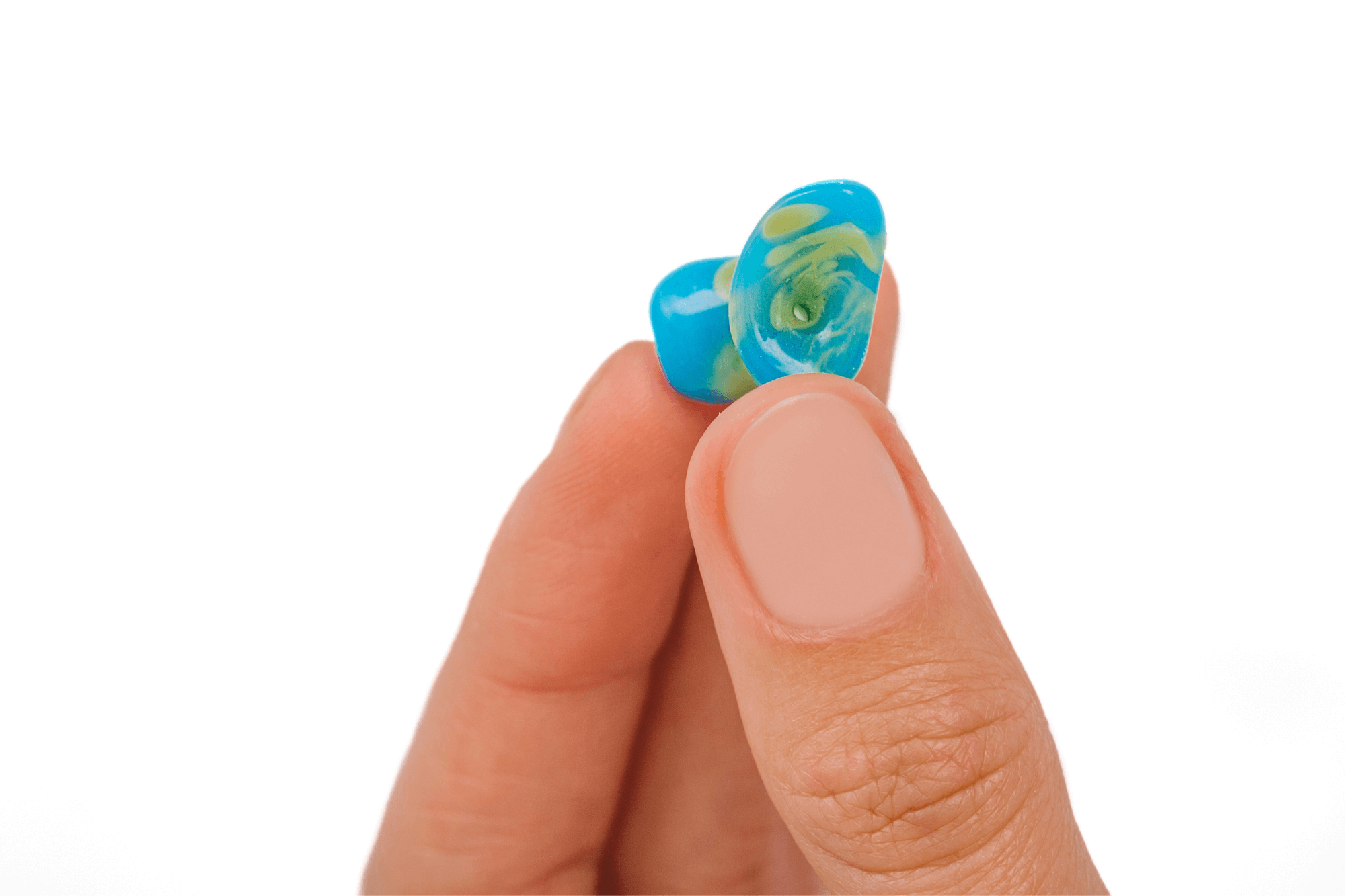
In today’s noisy world, protecting our ears from damaging sounds has become vital. Choosing the right earplugs for noise protection, however, can seem overwhelming, with so many options available. Understanding the key factors can help simplify this process.
Understanding Different Types of Earplugs
Earplugs come in various shapes and sizes, each designed for specific purposes. It’s critical to understand these types to make an informed decision.
Foam earplugs are popular for their affordability and ease of use. They are made from soft, expandable foam that fits snugly in the ear canal. These earplugs are ideal for blocking high-frequency noises and are often used in loud environments. However, they may not be the best option for long-term wear as they can become uncomfortable over time.
Silicone earplugs are durable and reusable, making them a cost-effective choice. They are moldable, providing a custom fit that helps block out noise efficiently. These earplugs are excellent for swimming, sleeping, and general noise reduction. They are comfortable and do not exert pressure inside the ear, but may not be as effective in extremely loud environments.
Flanged earplugs feature multiple soft, flexible ridges that create a tight seal in the ear canal. They offer excellent noise-blocking capabilities and are often used in industrial settings. These earplugs are reusable and can be easily cleaned. They provide a secure fit but might require some practice to insert correctly.
Custom-molded earplugs are professionally made to fit the ear canal’s unique shape. They offer the highest level of comfort and noise protection. These earplugs are perfect for individuals with specific needs, such as musicians or those working in noisy environments. Though more expensive, their durability and effectiveness make them a worthwhile investment.
Factors to Consider When Choosing Earplugs
The Noise Reduction Rating (NRR) measures the effectiveness of earplugs in reducing noise. Higher NRR values indicate better noise-blocking capabilities. When choosing earplugs, consider the environment’s noise level and opt for a pair with an appropriate NRR. For extremely loud environments, select earplugs with a higher NRR.
Comfort is essential, especially when wearing earplugs for extended periods. Look for earplugs made from soft, hypoallergenic materials that fit comfortably in the ear. Foam earplugs are generally comfortable for short-term use, while silicone and custom-molded earplugs are better for longer wear. Always ensure that the earplugs fit well and do not cause discomfort or irritation.
Consider the primary purpose of the earplugs. Are they needed for industrial work, swimming, sleeping, or attending concerts? Each activity may require different features. For instance, swimmers might prefer waterproof silicone earplugs, while concert-goers might opt for high-fidelity earplugs that filter sound without distorting the music.
Earplugs should be easy to insert and remove. Foam and silicone earplugs are generally user-friendly, while flanged and custom-molded earplugs might take some practice. Consider personal dexterity and preferences when selecting earplugs.
Durability and cost are also significant factors, especially for those who regularly need earplugs. Foam earplugs are cheaper but disposable, raising long-term costs. Silicone, flanged, and custom-molded earplugs are more durable and reusable, offering better value over time. Balancing cost with durability can help choose the most economical option. Contact us for more information!
